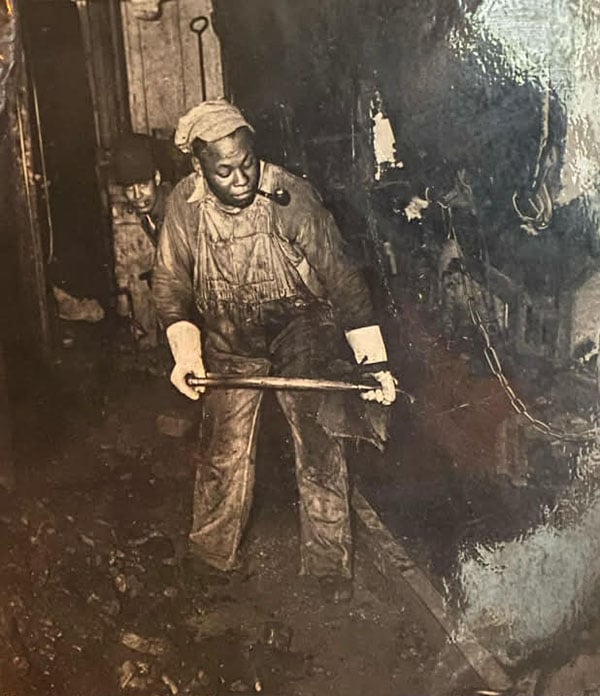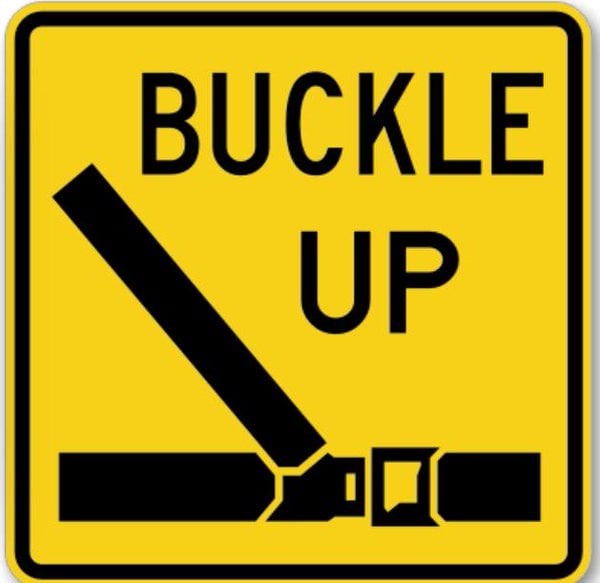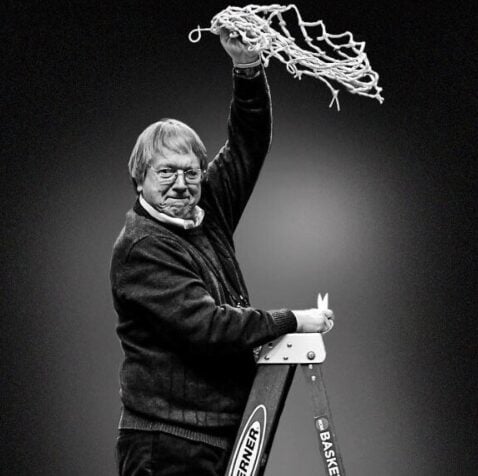March is the beginning of the best bass fishing of the year.
The largest bass move up shallow first because they spawn first. When water temperatures climb into the upper 40s and low 50s, bass begin to travel from their winter, deepwater haunts, to flats at the backs of bays, and areas where creek or river channels are close to the banks.
The rise in water temperatures, higher water levels, moon phase and the lengthening of daylight hours all combine to stimulate bass to feed. During the pre-spawn when bass are gorging themselves, anglers have the advantage during a short window of opportunity. Here’s some proven tackle and techniques for early spring largemouth bass fishing:
Jigs
Many anglers consider the jig to be the “go to” lure this time of year. In rivers, bass stage at the mouths of creeks pre-spawn, before moving into the creeks to spawn in April and May.
They are tight to cover — tree root wads, undercut banks, big rocks, logs and other floating debris. The presentation is to get fairly close to the shoreline and pitch or flip the jig to the fish-holding structure.

A good choice is a 3/8 to 5/8-ounce jig, rigged with a craw tail plastic trailer, which makes the jig swim from side to side, rather than dropping straight down as it sinks.
Many anglers prefer to fish the heavier jigs when bushes or floating cover is thick. In large reservoirs, the jig is a top lure choice on bright, sunny days when the water is stained, and bass come up shallow and suspend under floating debris at the backs of bays.
Here again, the technique is a precise presentation to the target cover. The idea is to ease the lure into the water and finesse it around cover. In stained water conditions, fish black and blue colored jigs. In clear water, a top color choice is green pumpkin.
Spinnerbaits
Ponds and small lakes that warm up before larger bodies of water can be effectively fished with spinnerbaits early in the spring. The size of the pond or lake and its water clarity, are factors in how fast they warm up, and the more fertile lakes tend to warm up earlier than clear lakes, which have relatively low fertility. Warm rains turn on spring bass when runoff washes in food and the plume of colored water, which offers bass the security to move up shallow to feed.
That’s when the spinnerbait is at its best.
In stained water bass home in the pulse of the blades, and the spinnerbait’s skirt provides some enticing action. But the main reason why the spinnerbait is so effective, is that it can be fished in so many ways. Practically weedless, the spinnerbait can be retrieved around standing timber, through gaps in weed beds and along the edge of floating wood debris.
Retrieved fast just below the surface, or slow rolled up and down, by raising or lowering the rod tip, the spinnerbait works in any cover type or bottom contour. In shallow ponds, try casting out to deep water, let the lure sink and reel it back up shallow to locate the depth at which bass are holding.
In shallow water, fish 1/4 or 3/8-ounce spinnerbaits, always tipped with curlytail grub. My personal choice for most situations is a spinnerbait with a white/chartreuse body and skirt, nickel Colorado blade and gold (brass) willowleaf blade. In large reservoirs, fish spinnerbaits for bass suspended off rock walls over deep creek channels, when water temperatures reach 55 degrees.
Jerkbaits
The jerkbait has a loyal following of anglers and has been hyped to legendary proportions in the outdoors media. It’s a deserved reputation.
In late March, early April, pre-spawn cold water, the jerkbait really catches a lot of bass. These hard plastic, lipped crankbaits suspend (are neutral buoyant), rather than float up, when the retrieve is stopped. That’s what makes them so effective.
A top lure choice is the Bomber Suspending Pro Long A, a 9/16-ounce, 4 5/8-inch bait, which dives to six feet.
Cast the lure out, then reel it down a few feet, and drop the rod tip. Then jerk the rod back and pause for several seconds, allowing the lure to stop and suspend. Continue this retrieve all the way back. Vary the length of the pause between jerks, to find out what bass want — generally the idea is to fish slower, the colder the water temperature.
The lure’s built in wiggle and roll entices bass to strike. Often the angler won’t feel a fish on the line until the next jerk.
Jerkbaits are especially effective on large reservoirs when fished parallel to the bank where channels are adjacent to main lake rock walls. Bass will be suspended close to the surface, but over deep water.
Flat-sided Crankbaits
In the minds of most bass anglers, the crankbait is a summer/fall lure, when bass are generally in deeper water. But flat-sided crankbaits can be deadly in the spring because they trigger reaction strikes.
These crankbaits have flat sides, a square bill, and a tall profile. A tight wiggle combined with the tall profile produces flash and vibration, which is good in stained or muddy spring waters. Go with bright colors in the spring — chartreuse, silver, or orange.
Flat-sided crankbaits are especially effective when fished through submerged wood cover such as logs, brush, and stumps, because of their erratic action, as they “bounce” off objects. Fish these lures in large reservoirs when early-spring bass congregate in creek channels or ditches running through flats or along rocky, windswept points.
Try a stop-and-go retrieve to draw strikes, as the lure darts off submerged structure. This is what triggers strikes from sluggish lunkers.
Float a Worm
As water temperatures climb into the upper 50s and low 60s, the bass spawn begins. Bass in great numbers come up shallow and are cruising the banks. That’s when floating a worm is very effective. Plastic worms can be rigged Texas-style with no weight so that they dart and plane while slowly sinking, but there’s a better option.
Try rigging wacky-style, by hooking a 7-inch straight worm on a 2/0 worm hook, with the barb of the hook buried in the center of the worm. Borrow a trick from fly tying and wrap the hook shank with soft lead wire, so it sinks faster. The added weight does a crazy thing to the buoyant worm — makes it flutter as it falls.
This life-like action triggers bass to grab the worm and swim off. Cast to shoreline cover and let the worm sink. When it hits bottom, shake the rod tip, pull the worm up off the bottom, and then let it settle back down to the bottom again. A strike is detected by watching for line movement.
When the flooding subsides in Kentucky’s lakes and rivers, be ready for spring bass fishing. Vary your tackle and fishing techniques to match the water conditions.
Art Lander Jr. is outdoors editor for KyForward. He is a native Kentuckian, a graduate of Western Kentucky University and a life-long hunter, angler, gardener and nature enthusiast. He has worked as a newspaper columnist, magazine journalist and author and is a former staff writer for Kentucky Afield Magazine, editor of the annual Kentucky Hunting & Trapping Guide and Kentucky Spring Hunting Guide, and co-writer of the Kentucky Afield Outdoors newspaper column.





















